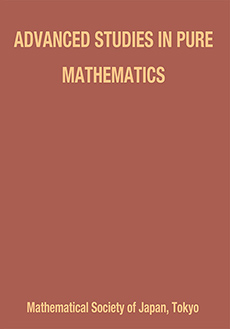Abstract
A complex valued function $f : G \to \mathbb{C}$ on a topological group is called a Hartman function if there is a compact group $C$, a continuous homomorphism $\iota : G \to C$ with image $\iota (G)$ dense in $C$ and a function $F : C \to \mathbb{C}$ which is integrable in the Riemann sense and satisfies $F \circ \iota = f$. $H \subseteq G$ is called a Hartman set if the characteristic function $\mathbb{1}_H$ is a Hartman function. In the case $G = \mathbb{Z}$ such a function is a two sided infinite binary sequence, called a Hartman sequence.
The investigation of such objects is motivated by the interest in finitely additive invariant probability measures on groups as well as by questions from symbolic dynamics in the context of ergodic group rotations. Connections to number theory ($n\alpha$- and Beatty sequences), combinatorics (complexity of words), geometry (projection bodies of convex polytopes), dynamics (ergodic group rotations, Sturmian sequences), topology (compactifications, group topologies, in particular precompact ones) and harmonic analysis (almost periodicity and weak almost periodicity) have been studied recently. This note is an extended version of a survey talk on these topics.
Information
Digital Object Identifier: 10.2969/aspm/04910517


